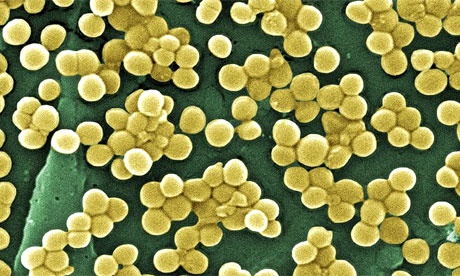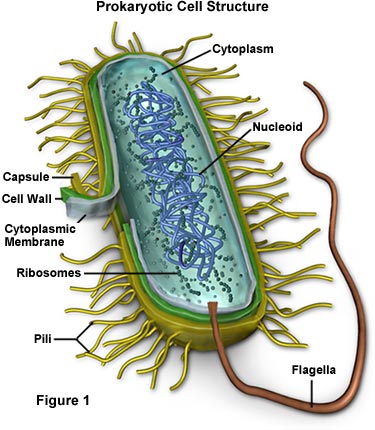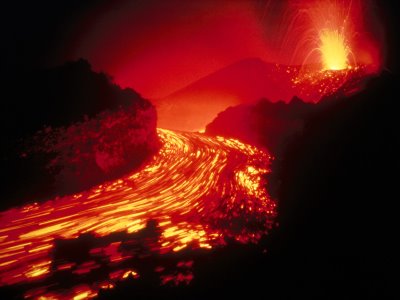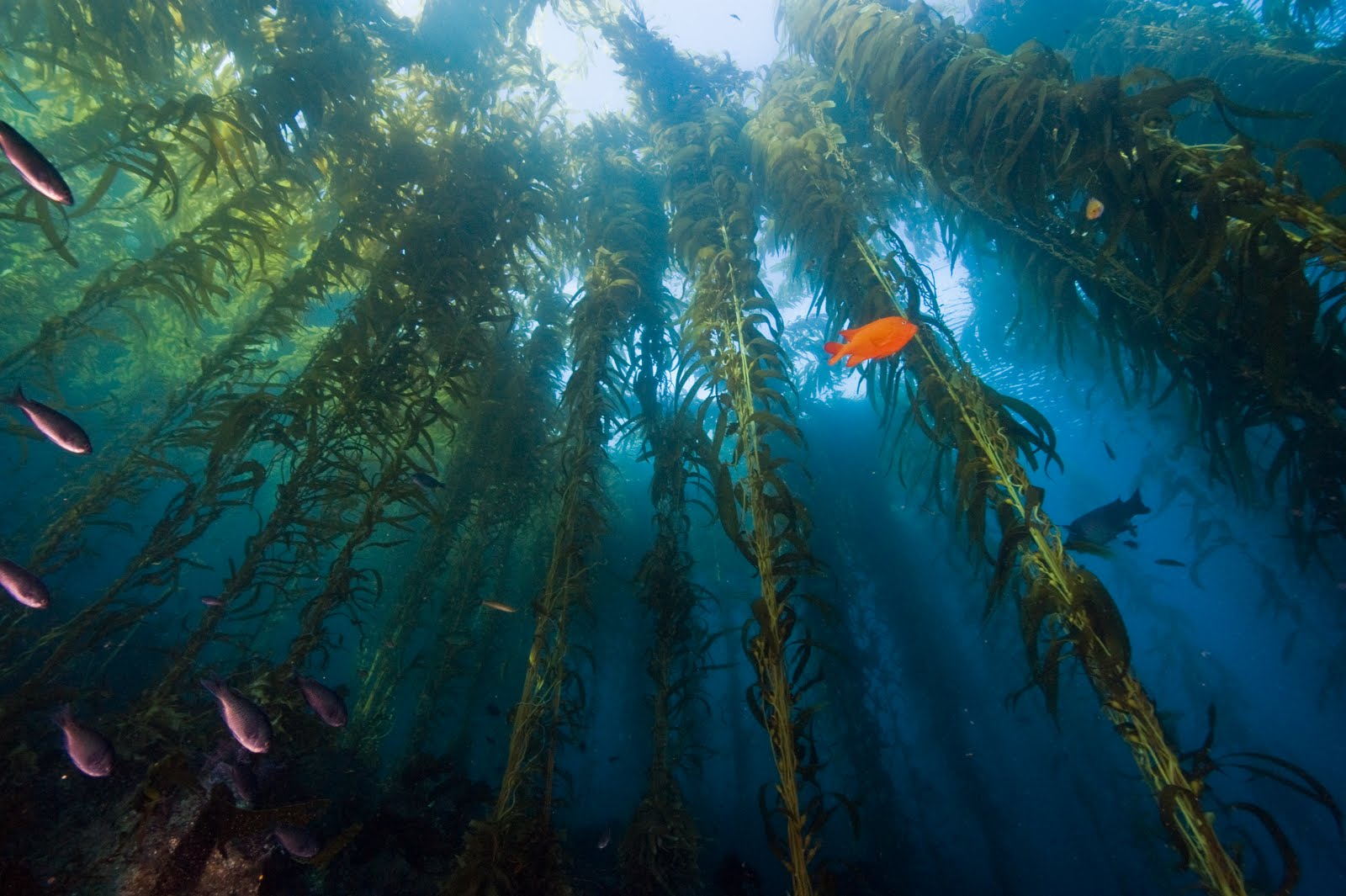The Intriguing Universe of Bacteria Part 2:
Revenge of the Superbugs
Welcome back to the SUPERTIFIC WAFFLE.
Oh, am I getting it wrong again?
Sorry, sorry, be back in a moment.
TAKE 2
Hello again, and welcome back to LE SCI-
Really?!
I thought I had it perfect!
That's someone else's blog?
Ohhhhhh.
*Murmurs something inaudible.
Got it.
TAKE 3
Hello, and welcome back to THE SCIENTIFIC WAFFLE!
Today we'll be learning about bacteria: and the newest news in the ongoing war with the bacteria kind.
Bacteria can be very helpful. We use them in food products, such as cheese and bread. They also turn nitrogen into something plants can use, instead of something that harms them. They even turned the world into the oxygen-filled paradise that we live in today!
But, as with all things in life, the bad comes with the good. And today we will be talking about the bad side of bacteria.

Fact: The bacteria in milk, which are used to make cheese and yogurt, are taken out by the process of pasteurization, which involves heating the milk.

Bacteria have a bad side though. They kill many, many people each year with their deadly sicknesses. They can cause diseases like tuberculosis, strep throat, and pneumonia.

Antibiotics are prescribed medicines that kill or disable bacteria. Overuse of these is causing problems. See, bacteria reproduce extremely fast, so they can evolve fast too. Genetic mutations, or slight differences in the genetic code, are common. These can occasionally result in a bacteria becoming resistant to certain antibiotic. When these reproduce more and more, the bacteria get stronger and stronger, until superbugs are made. These can't be killed by most antibiotics, and are incredibly strong.

Well, that's all for today, see you later at the SCIENTIFIC WAFFLE!
Links:
Frowny Face Picture
Milk Carton Picture
Red Bacteria Picture
Superbug (MRSA) Picture
































